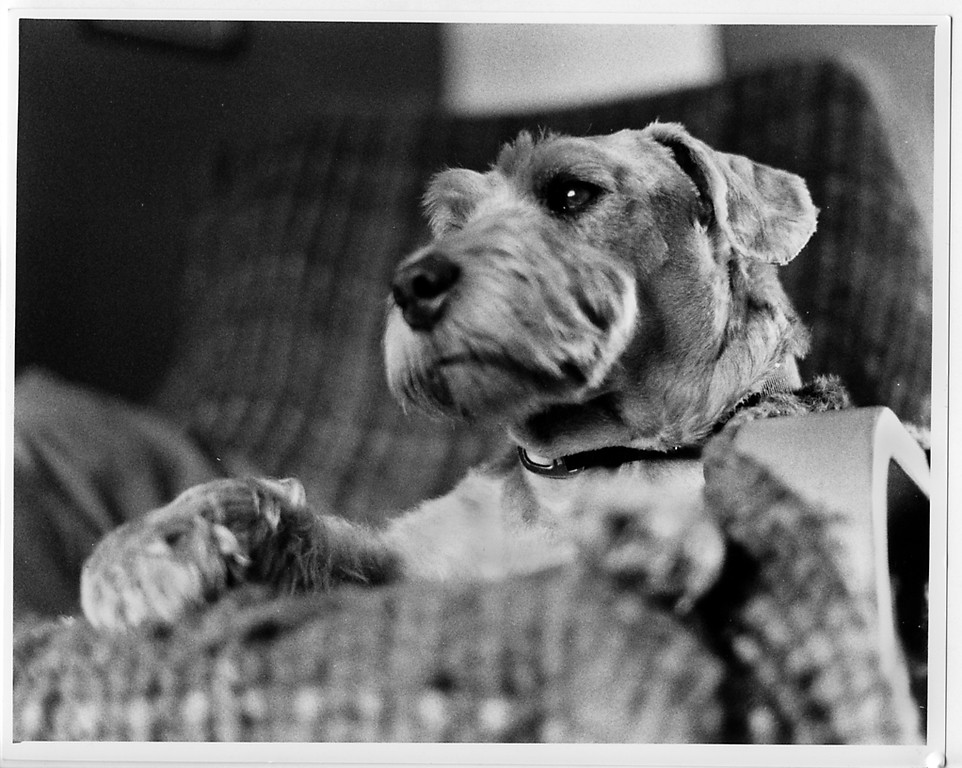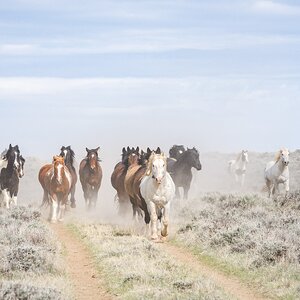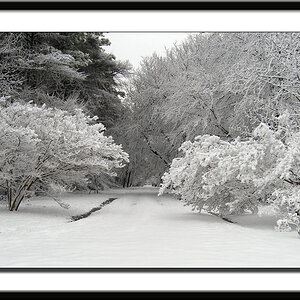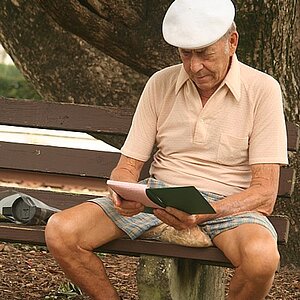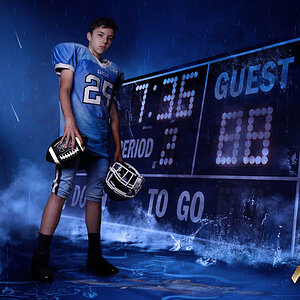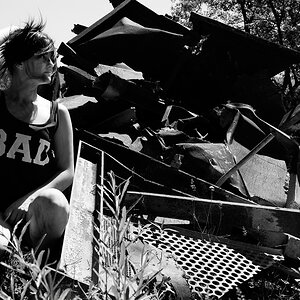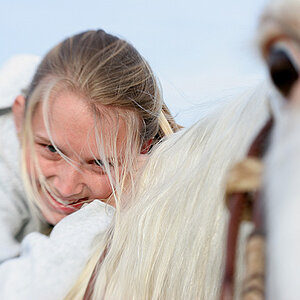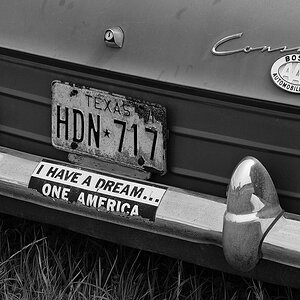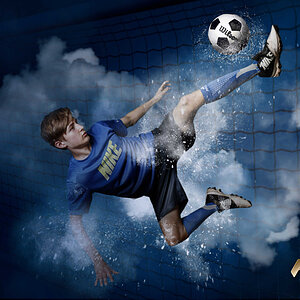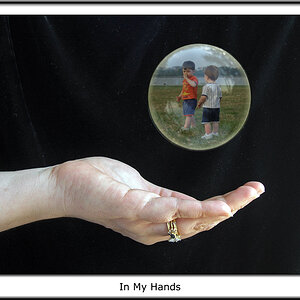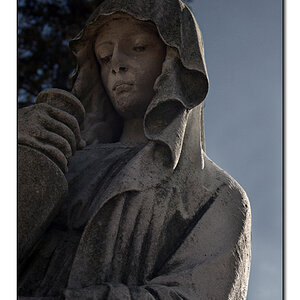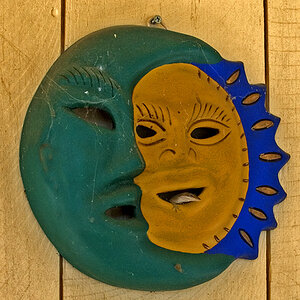zach_original
TPF Noob!
- Joined
- Sep 7, 2014
- Messages
- 80
- Reaction score
- 27
- Location
- Atlanta, GA
- Can others edit my Photos
- Photos OK to edit
There is a certain amount of control you always have with film. Not necessarily the amount of control you have when shooting digital (in my honest opinion). For me, the fun of film is how much work you put it to achieve a result: shooting, developing, making prints. I really feel like an image is mine after that process.
It is fun to experiment without a doubt, but if you want to shoot film but don't want to experiment, there's nothing wrong with that. Like limr said, film isn't exclusive to people who want to experiment because they can certainly do the same shooting digital. That's just my opinion, though.
It is fun to experiment without a doubt, but if you want to shoot film but don't want to experiment, there's nothing wrong with that. Like limr said, film isn't exclusive to people who want to experiment because they can certainly do the same shooting digital. That's just my opinion, though.


